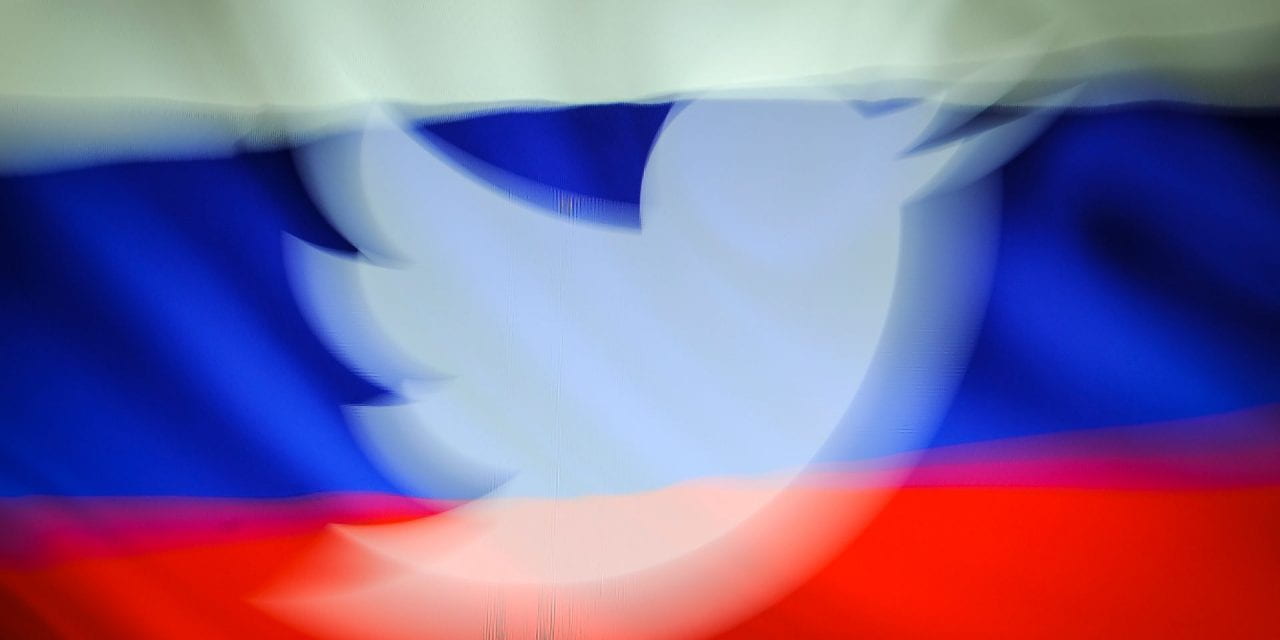After the 2016 election, I received an email from Twitter. Upon reading, I found out that I had been affected by a propaganda effort by a Russian government-linked organization known as the Internet Research Agency (IRA). I was one of the people who directly engaged with IRA-linked accounts or content through retweeting, quoting, replying to, mentioning, following or liking. Considering the results of that election, I was extremely displeasured at this news. I thought I was already doing a good job at sifting through misinformation, how could I be so gullible?
4 years later, the election cycle continues and along with it another tsunami of misinformation. Social media is making things harder with fake photoshopped images and videos being circulated daily. Worse, even the real ones are being interpreted out of context in the captions. It has become difficult for me to enjoy social media without the looming paranoia that the media I am consuming is a product of propaganda. Donald Trump epitomizes my hatred towards fake news. He is the perfect candidate for those who consume media in an echo chamber. As he continues to publicly spew conspiracies, I worry that people may have become distracted from real contemporary issues.
This past year I participated in public demonstrations in D.C. and Maryland and, for the most part, they were all peaceful. When I learned that the IRA was exploiting the BLM movement, my hatred towards fake news grew even more. The protesting already gave me conflicting feelings; I felt loved, validated, and inspired as people from all different backgrounds came together to proclaim that Black Lives Matter, but I also felt hated and dejected as people shouted virulent statements as they drove or passed by us. The Russian interference just added another dimension to it. Were people’s feelings towards BLM their own? Or were they a product of manipulation? The implications are even more significant in the current backdrop of mounting racial and electoral tensions.






